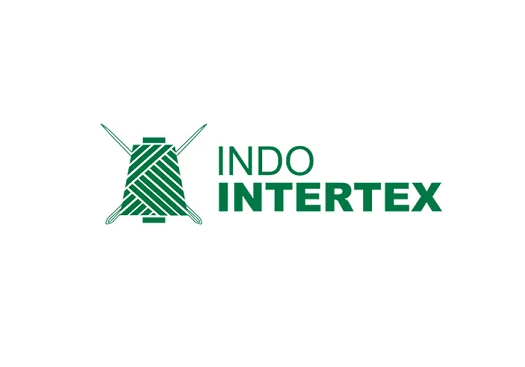
No online banking or transaction is complete without payment cards. The increasing adoption of payment cards across the globe has fueled the payment card reader market. A payment card reader is a device that allows businesses to accept payments from customers using debit cards, credit cards, or even contactless payments through Apple Pay or UPI. It helps businesses process payments quickly, enhance customer experience, and reduce the risk of fraud. It is widely used in industries such as retail, transportation, banking, hospitality, healthcare, and e-commerce. According to a Consegic Business Intelligence report, Payment Card Reader Market The size is expected to increase from US$17,414.53 million in 2023 to US$61,771.27 million in 2031, and is expected to grow by US$20,090.45 million by 2024, at a CAGR of 17.1% between 2024 and 2031. The integration of payment card readers with online banking platforms is a transformative development in the financial sector. It guarantees convenience, security, and efficiency.
Also read: Online Banking Trends: A Technology Perspective
Technology Integration
Robust APIs (Application Programming Interfaces) and SDKs (Software Development Kits) are required to integrate payment card readers with online banking systems. By enabling smooth integration between financial systems and card readers, these products ensure secure data transmission. However, during transactions, sensitive information must be protected using advanced encryption techniques and security mechanisms. Compatibility with different card readers and banking systems ensures wide acceptance. Ensuring security during financial transactions is essential. Multi-factor authentication (MFA) improves security by fusing three factors: user identity (biometric data), ownership (card reader), and knowledge (password). Biometric authentication technologies, including facial and fingerprint recognition, further enhance security, making it more difficult for unauthorized individuals to gain access. When the card reader and the financial platform synchronize their data in real time, the transaction is completed instantly and the user receives immediate feedback.
Financial impact
Payment card reader integration requires upfront setup costs for software development and hardware procurement. Nonetheless, the potential savings from lower transaction fees and improved procedural efficiency more than make up for these costs. Lower operating expenses and higher transaction efficiency are beneficial to both banks and users. Transaction fees and value-added services, such as enhanced security measures and personalized financial counseling, are two ways banks make money. In addition, new revenue streams can be opened up through a partnership model with card reader manufacturers, increasing the financial sustainability of the integration.
user experience
Ensuring a seamless user experience is critical to better adoption of payment card readers. By designing intuitive interfaces that make complex transactions simpler, businesses can ensure that users can navigate the system with ease. Other accessibility factors that can improve usability for various user groups include assistive technology and language support. Efficient customer service is important to address card reader integration issues. Offering a short training program may help consumers get used to new features.
Security and Compliance
It is imperative to comply with financial regulations such as the Payment Card Industry Data Security Standard (PCI DSS) and the General Data Protection Regulation (GDPR). These laws impose strict privacy and data protection requirements to ensure that user data is protected from security breaches. An important component of integrated payment card readers is fraud protection. Real-time fraud detection using artificial intelligence and machine learning algorithms can help detect and avoid fraudulent transactions.
Operation Notes
When integrating a payment card reader with an online banking system, there are many obstacles to overcome, including technology and regulatory compliance. Nonetheless, banks that can effectively handle these difficulties often experience significant benefits. The long-term viability of an integrated system depends on maintenance and upgrades. Upgrading when necessary ensures the continued security and effectiveness of the system.
in conclusion
The integration of payment card readers with online banking platforms represents a significant advancement in the financial industry, providing banks and users with greater convenience, security, and efficiency. While the initial setup may involve considerable costs and technical complexity, the long-term benefits outweigh these challenges. This integration ensures secure and seamless transactions through powerful APIs, SDKs, multi-factor authentication, and real-time data synchronization. Regulatory compliance and advanced fraud prevention technologies further protect user data. The financial impact is positive, providing cost savings and new revenue opportunities for banks. Enhanced user experience through intuitive interfaces and effective customer support promotes widespread adoption. Thus, combining payment card readers with online banking platforms paves the way for a safer and more efficient banking landscape.
source: Consegic Business Intelligence – Payment Card Reader Market











Leave a Reply Cancel reply
You must be logged in to post a comment.